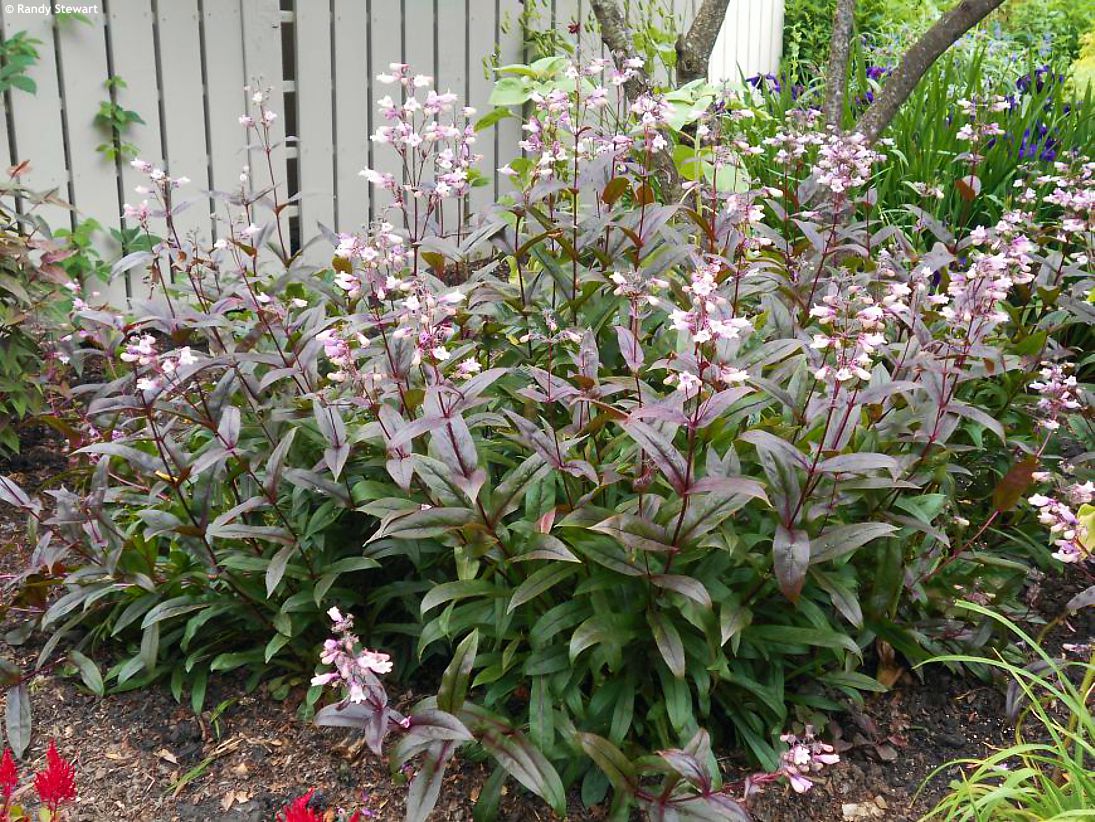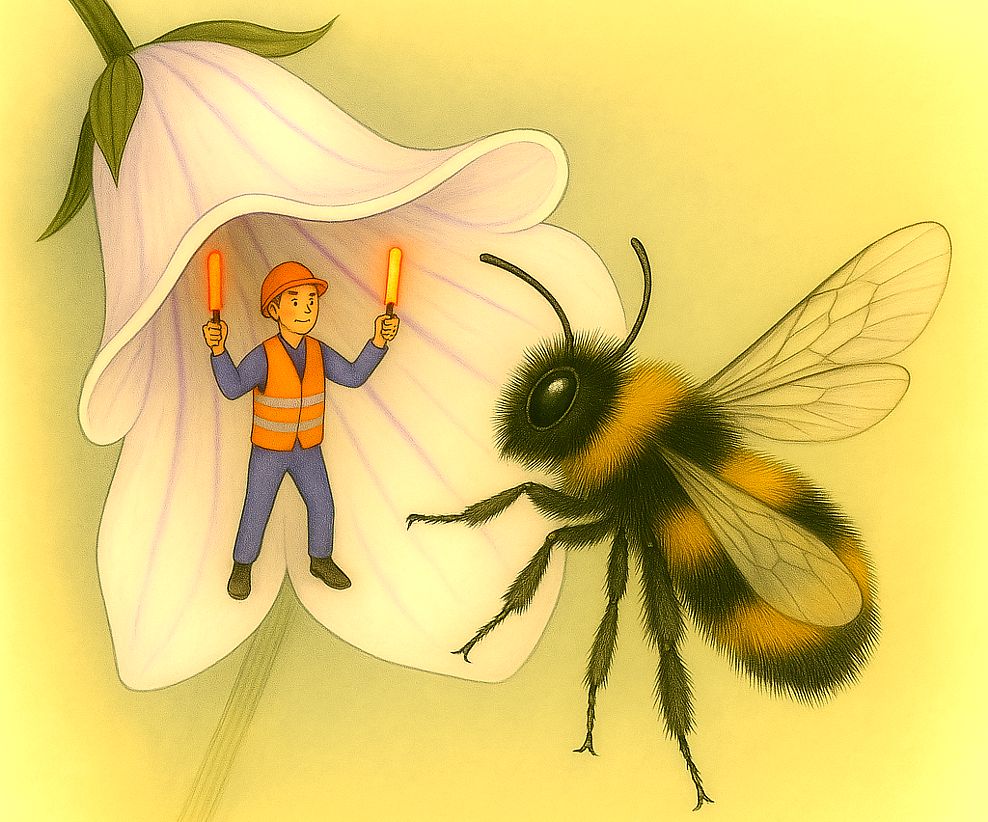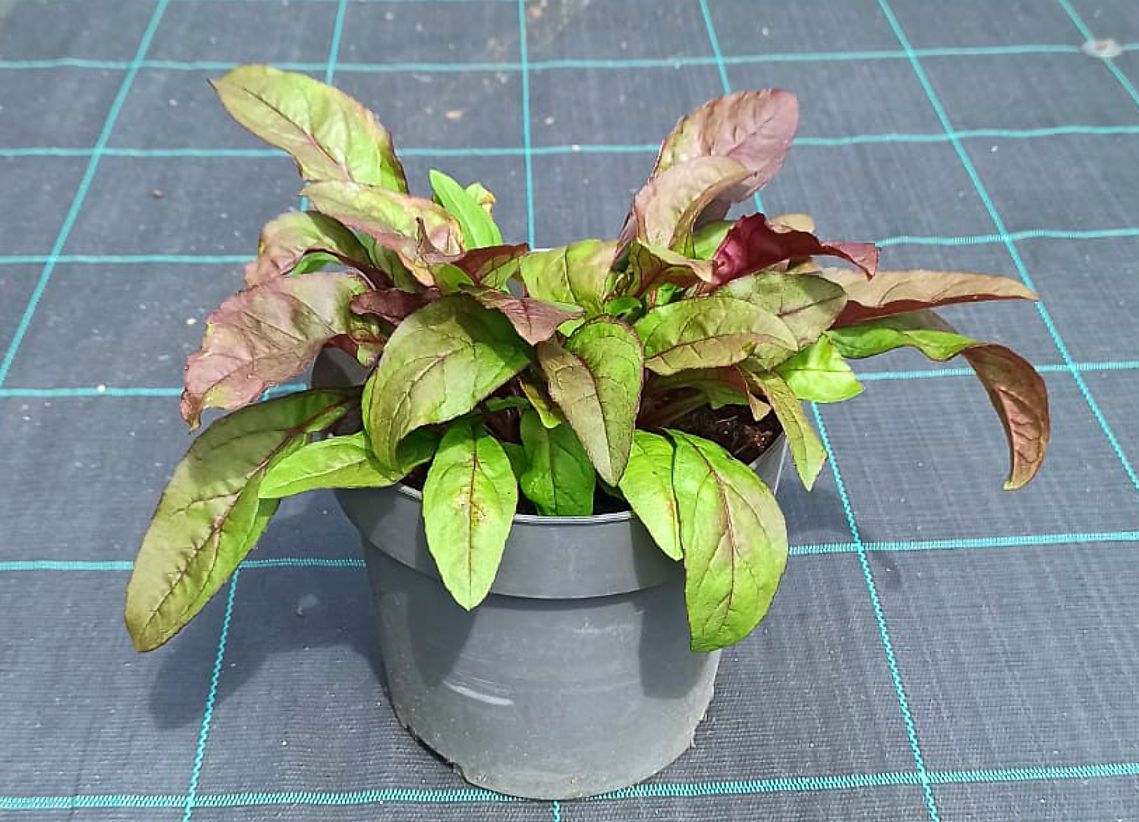Penstemon digitalis 'HUSKER RED' foxglove beardtongue
Penstemon
Genus Penstemon – Beardtongue is a perennial from the plantain family and includes over two hundred species, among which Penstemon digitalis stands out as one of the most resilient and well-adapted to Central European conditions. Native to North America, specifically the eastern prairies, it was first botanically described in 1823 by Thomas Nuttall (1786–1859), an Englishman who spent most of his botanical career in North America. In the wild, beardtongue thrives in sunny spots, forest edges, and ditches, benefiting from its ability to grow in well-drained, often dry and poor soils. Its species name, digitalis, reflects its resemblance to our native perennial – foxglove (Digitalis), though unlike foxglove, beardtongue is non-toxic. In 2021, the genus Penstemon was declared "Perennial of the Year" by the Czech Perennial Growers Association, earning deserved attention in our gardens, and very likely only then did it begin to gain more recognition.
It’s a medium-height perennial with abundant clusters of white to pale pink flowers and dark green leaves, which may display deep burgundy tones – a trait used in breeding new cultivars. Intentional hybridization often involves other species such as P. cobaea and P. triflorus. Penstemon cobaea is a robust perennial from the central U.S., with strikingly large, bell-shaped flowers ranging from white to purple, valued for its drought resistance and its ability to create a vertical accent in garden beds. Penstemon triflorus, endemic to Texas’s Edwards Plateau, is a compact species with bright red to pink flowers, utilized as a genetic source for vivid color intensity and high tolerance to heat and rocky terrain.
Husker Red is a beardtongue cultivar emerged as the result of targeted selection within a breeding programme at the University of Nebraska. Its creator, Dr. Dale Lindgren, originally a mathematician, later became a respected horticultural expert. In 1983, he discovered among P. digitalis seedlings an individual with distinctly dark purple foliage and, after eight years of selection, he introduced it to the market named Husker Red. The cultivar name pays tribute to the university’s sports team, the Cornhuskers, whose colours are reflected in the foliage’s burgundy hue.
Husker Red immediately captivates with its deep burgundy foliage, especially evident in young plants. It grows upright, reaching 80–120 cm in height, and as it grows taller, the burgundy colour travels upward – fading from lower leaves which turn to dark green and intensifying on higher ones, creating a perfect contrast with the pale flowers. These are nearly white with light purple calyces and vivid purple veins in the floral throat. The veining resembles runway guiding lines that help planes land precisely – similarly, these veins guide pollinators safely to their destination: nectar 😊. It blooms from late May to July, after which it should be cut back just above the ground, and within two weeks it will produce fresh, beautifully dark burgundy leaves that will adorn the garden until winter. In 1996, Husker Red was named Perennial Plant of the Year by the American Perennial Plant Association.
These beardtongues are notably drought-resistant, aligning with modern and ecological gardening practices – requiring little to no watering. They’re used in compositions with other drought-tolerant species in full sun, offering medium height and dark color accents. However, they can be somewhat short-lived without care, and seed propagation is unreliable. Therefore, occasional fertilization and some watering during prolonged drought are recommended. Plant them in full sun or light partial shade to prevent legginess, always in free-draining soil of any pH. They don’t suffer from pests or diseases and tolerate temperatures down to approximately –37 °C, even thriving in deep planters with excellent drainage (USDA zone 3).
Last update 27-07-2025
Goods are shipped all over Europe. For Russia and U.K. and for further details please read about SHIPPING OPTIONS HERE.
Are you interested in a serious discount for orders NOV-FEB? Check your options here.
THE PRICES INCLUDE VAT of 15%. For quick conversion you can use 1 CZK = approx. 0.04 EUR
- STANDARD QUALITY - Plants of this group are 1st class quality with number of branches and overall density adequate to their size and age, considering they were container grown.
- DE LUXE QUALITY - This label guarantees a luxurious quality of manually selected plants that, compared to their height and age, are exceptionally dense and beautiful.
- EXTRA - These plants are usually mature and bigger specimens with exceptional overall appearance.
- STANDARD (as described in the plant form) means a tree with a trunk of 190-210 cm and a crown at the top, unless specified differently. The commercial size for trees is their girth measured in the height of 1m from ground.
- HOBBY - These plants are of the same quality as our standard-quality plants but younger and therefore cheaper.
- SHRUB - a woody plant with branches growing bushy from the ground level.
- HALF-STANDARD or MINI-STANDARD - a small tree with shorter trunk, its size is usually specified.
- FEATHERED - These are trees with branches growing already from the base of the trunk and up along the stem.
- GRASSES and PERENNIALS - Sizes given usually read the diameter of the pot or the clump, as specified.



















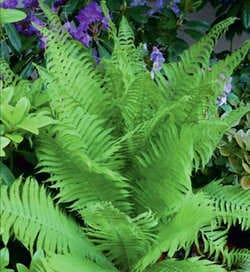




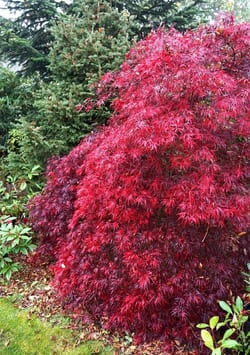
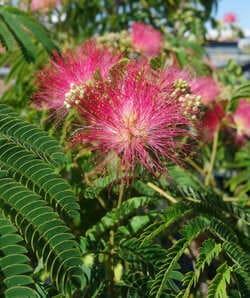
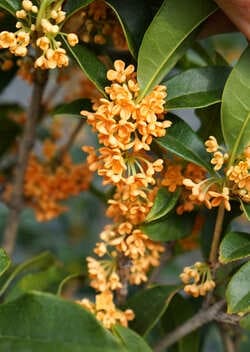



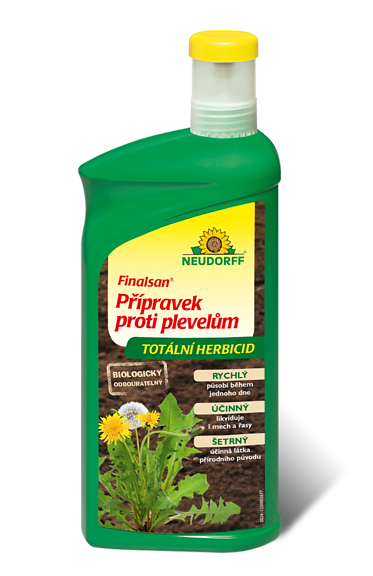


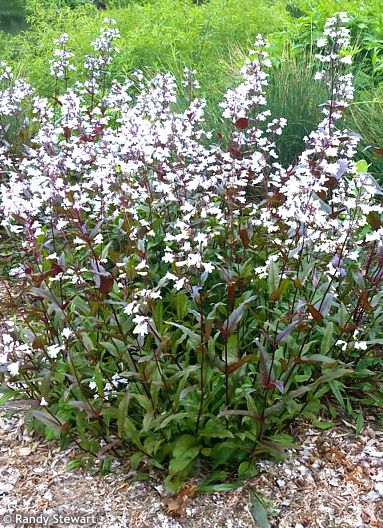
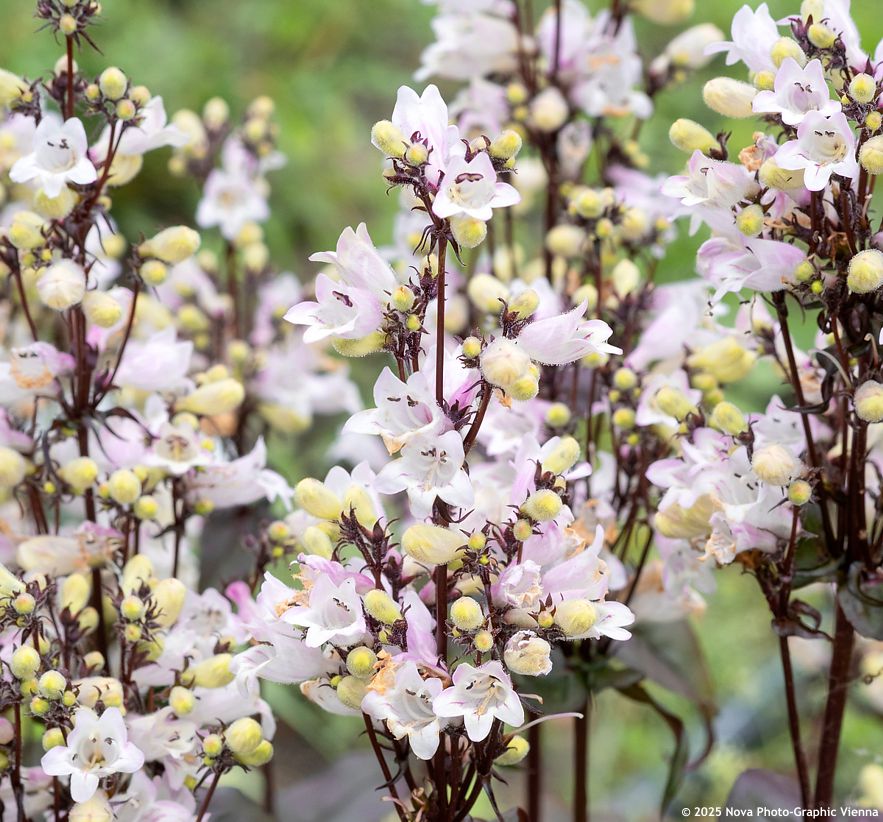

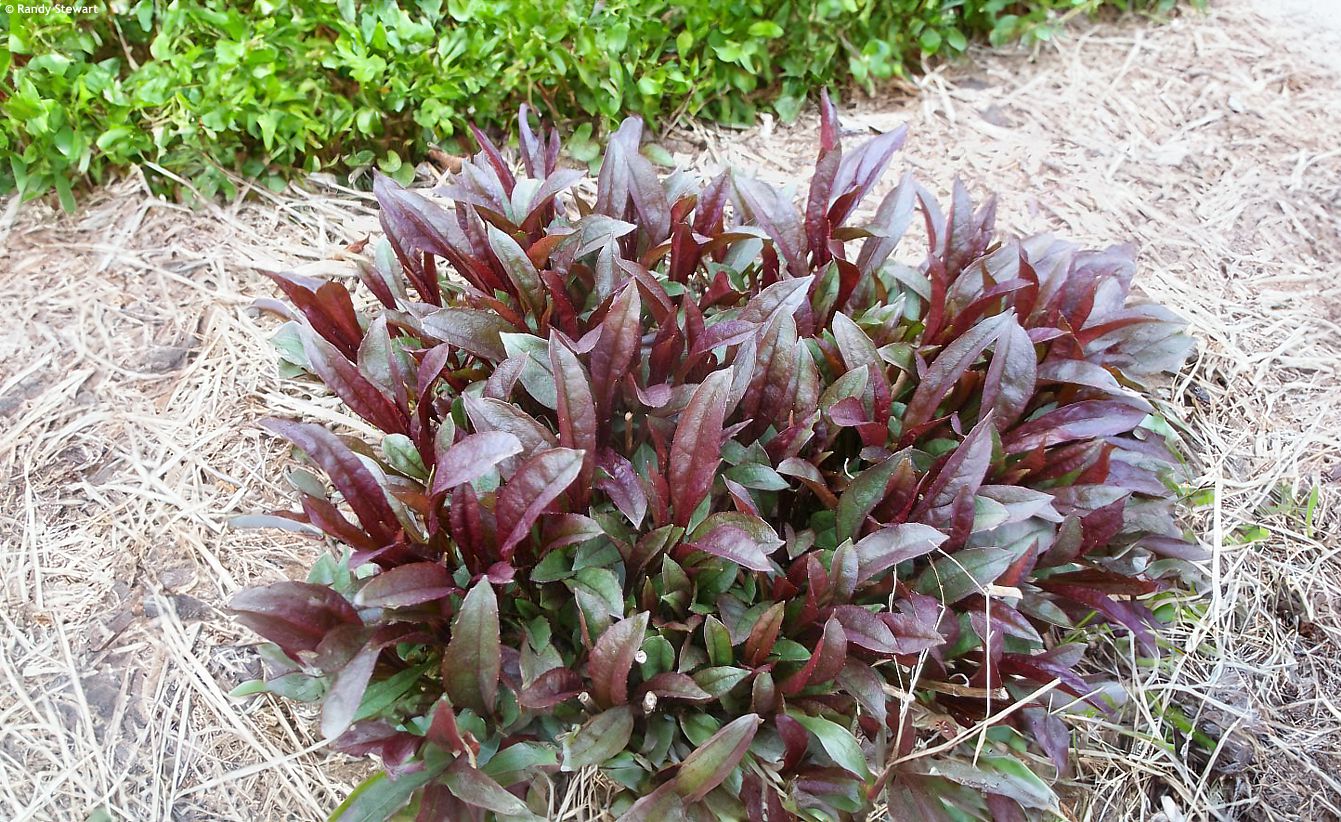
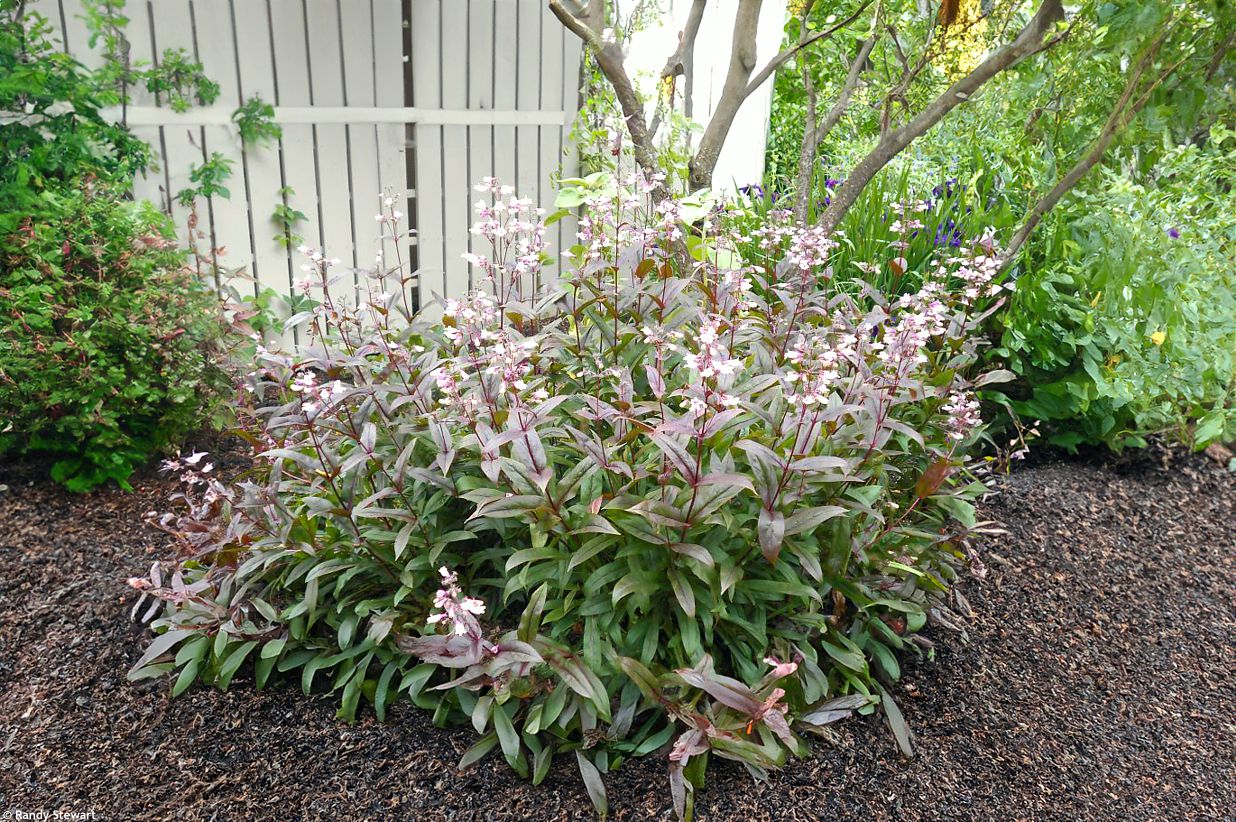
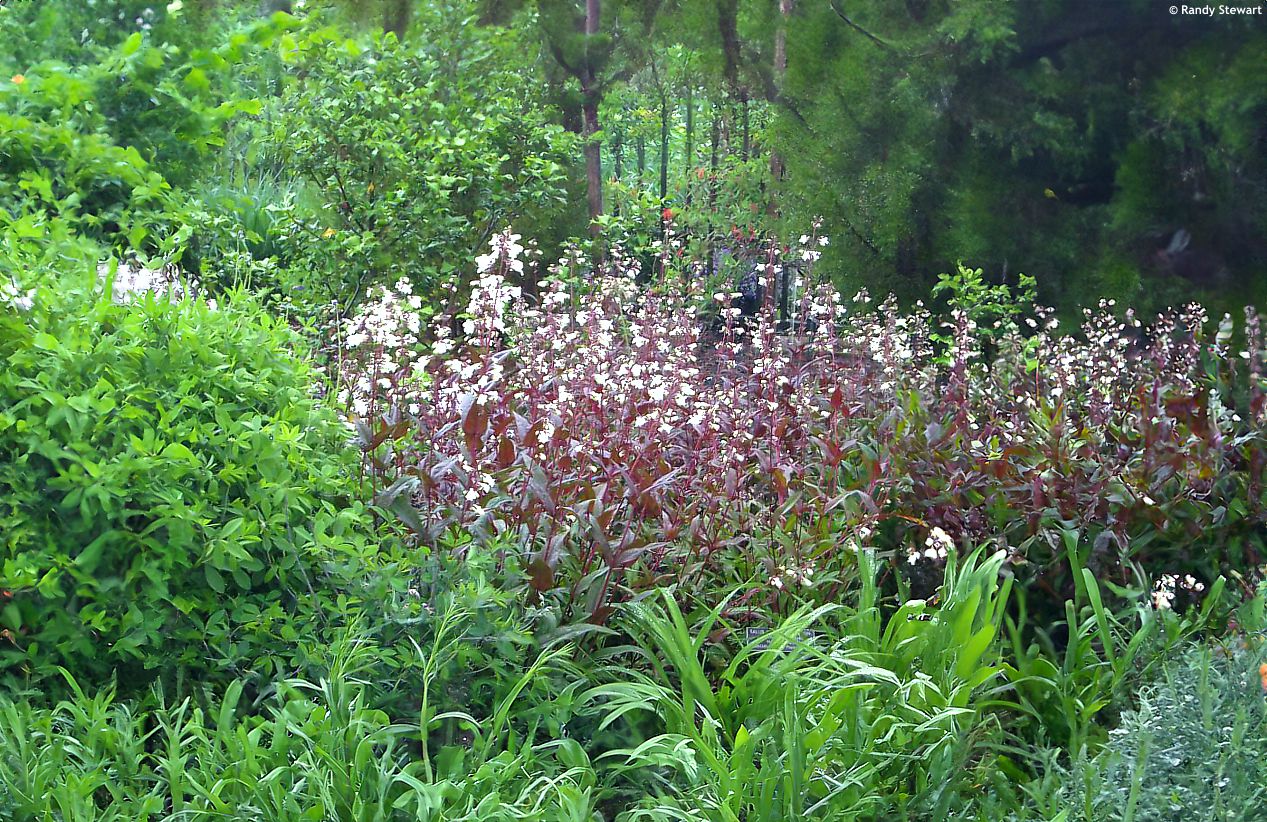
.jpg)
